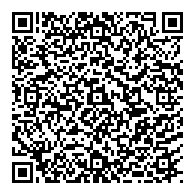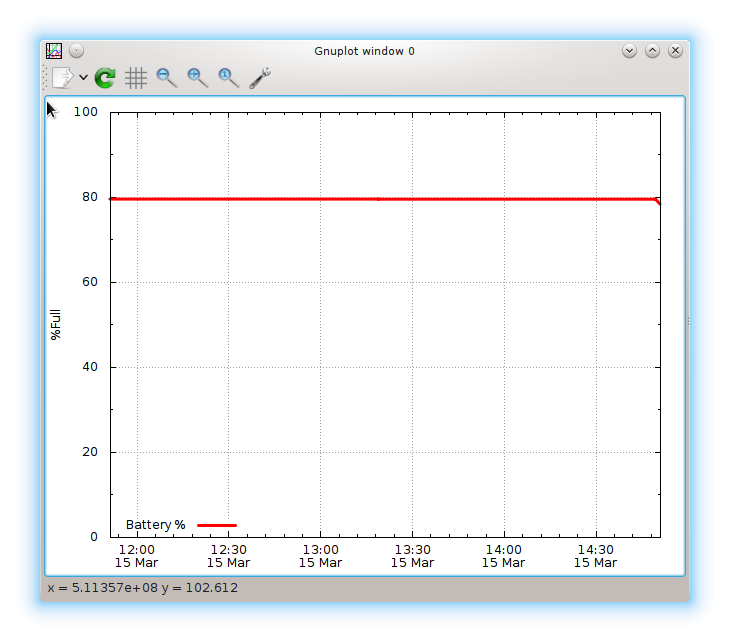Today, after many years of hard work from many people, +ZFS for Linux finally entered +Debian. The package status can be seen on +the package tracker +for zfs-linux. and +the +team status page. If you want to help out, please join us. +The +source code is available via git on Alioth. It would also be +great if you could help out with +the dkms package, as +it is an important piece of the puzzle to get ZFS working.
+Back in 2013 I proposed -a -way to make paper and PDF invoices easier to process electronically by -adding a QR code with the key information about the invoice. I -suggested using vCard field definition, to get some standard format -for name and address, but any format would work. I did not do -anything about the proposal, but hoped someone one day would make -something like it. It would make it possible to efficiently send -machine readable invoices directly between seller and buyer.
- -This was the background when I came across a proposal and -specification from the web based accounting and invoicing supplier -Visma in Sweden called -UsingQR. Their PDF invoices contain -a QR code with the key information of the invoice in JSON format. -This is the typical content of a QR code following the UsingQR -specification (based on a real world example, some numbers replaced to -get a more bogus entry). I've reformatted the JSON to make it easier -to read. Normally this is all on one long line:
- -
-{
- "vh":500.00,
- "vm":0,
- "vl":0,
- "uqr":1,
- "tp":1,
- "nme":"Din Leverandør",
- "cc":"NO",
- "cid":"997912345 MVA",
- "iref":"12300001",
- "idt":"20151022",
- "ddt":"20151105",
- "due":2500.0000,
- "cur":"NOK",
- "pt":"BBAN",
- "acc":"17202612345",
- "bc":"BIENNOK1",
- "adr":"0313 OSLO"
-}
-
-
-The interpretation of the fields can be found in the
-format
-specification (revision 2 from june 2014). The format seem to
-have most of the information needed to handle accounting and payment
-of invoices, at least the fields I have needed so far here in
-Norway.
-
-Unfortunately, the site and document do not mention anything about -the patent, trademark and copyright status of the format and the -specification. Because of this, I asked the people behind it back in -November to clarify. Ann-Christine Savlid (ann-christine.savlid (at) -visma.com) replied that Visma had not applied for patent or trademark -protection for this format, and that there were no copyright based -usage limitations for the format. I urged her to make sure this was -explicitly written on the web pages and in the specification, but -unfortunately this has not happened yet. So I guess if there is -submarine patents, hidden trademarks or a will to sue for copyright -infringements, those starting to use the UsingQR format might be at -risk, but if this happen there is some legal defense in the fact that -the people behind the format claimed it was safe to do so. At least -with patents, there is always -a -chance of getting sued...
- -I also asked if they planned to maintain the format in an -independent standard organization to give others more confidence that -they would participate in the standardization process on equal terms -with Visma, but they had no immediate plans for this. Their plan was -to work with banks to try to get more users of the format, and -evaluate the way forward if the format proved to be popular. I hope -they conclude that using an open standard organisation like -IETF is the correct place to -maintain such specification.
- -Update 2016-03-20: Via Twitter I became aware of -some comments -about this blog post that had several useful links and references to -similar systems. In the Czech republic, the Czech Banking Association -standard #26, with short name SPAYD, uses QR codes with payment -information. More information is available from the Wikipedia page on -Short -Payment Descriptor. And in Germany, there is a system named -BezahlCode, -(specification -v1.8 2013-12-05 available as PDF), which uses QR codes with -URL-like formatting using "bank:" as the URI schema/protocol to -provide the payment information. There is also the -ZUGFeRD -file format that perhaps could be transfered using QR codes, but I am -not sure if it is done already. Last, in Bolivia there are reports -that tax information since november 2014 need to be printed in QR -format on invoices. I have not been able to track down a -specification for this format, because of my limited language skill -sets.
-
